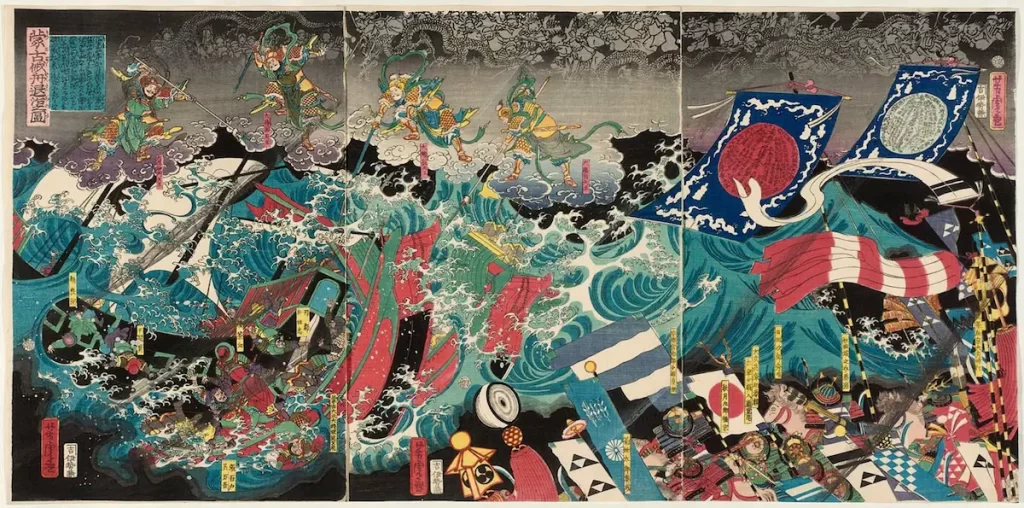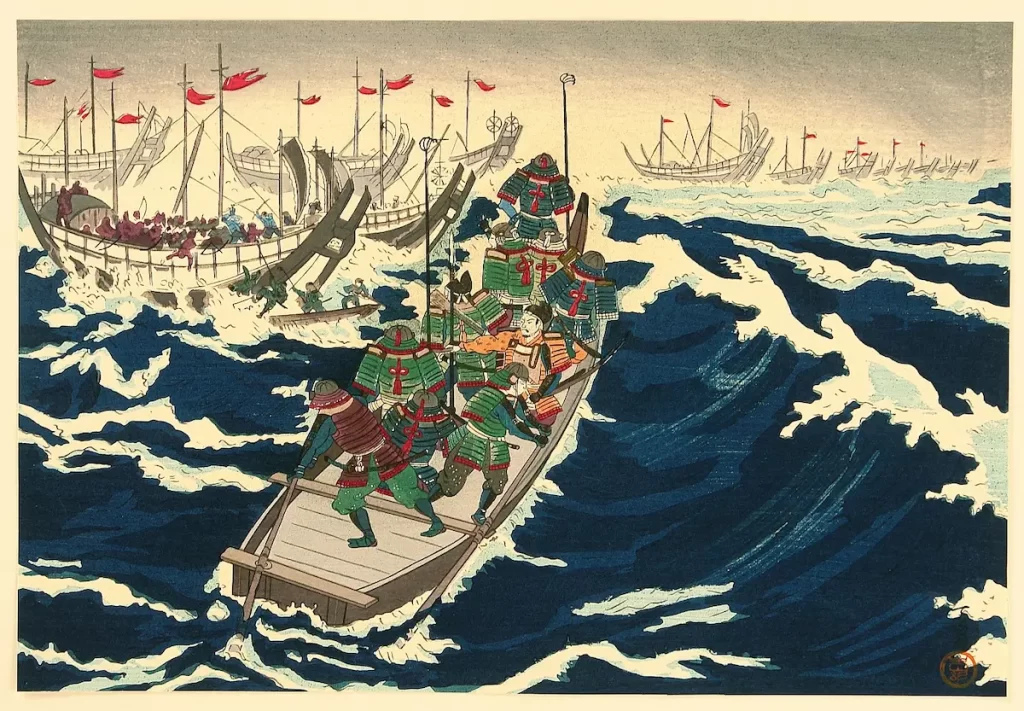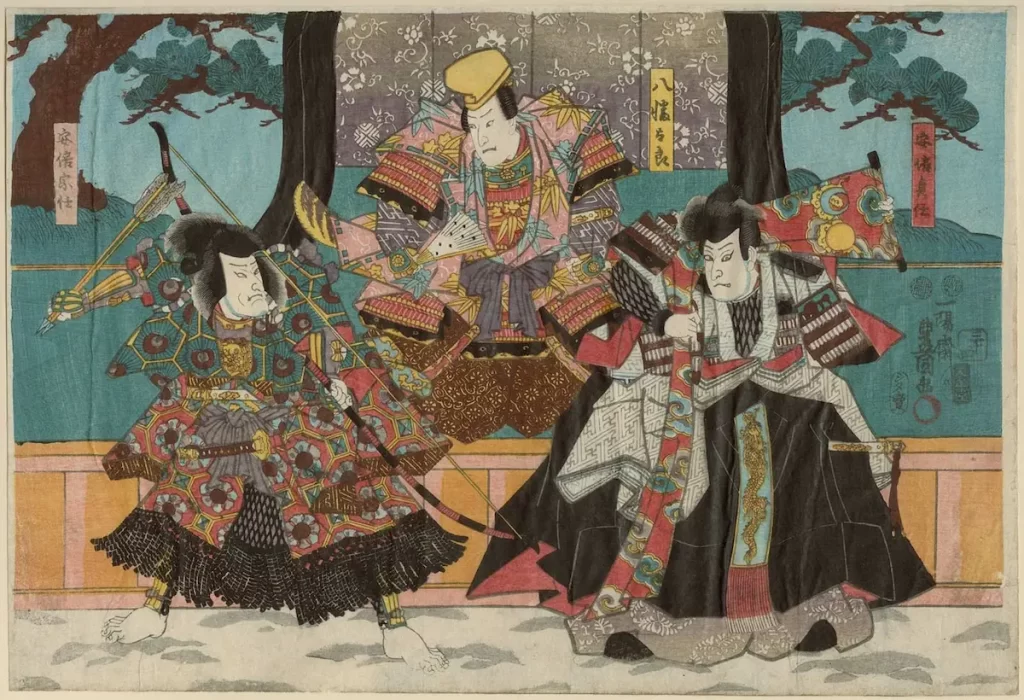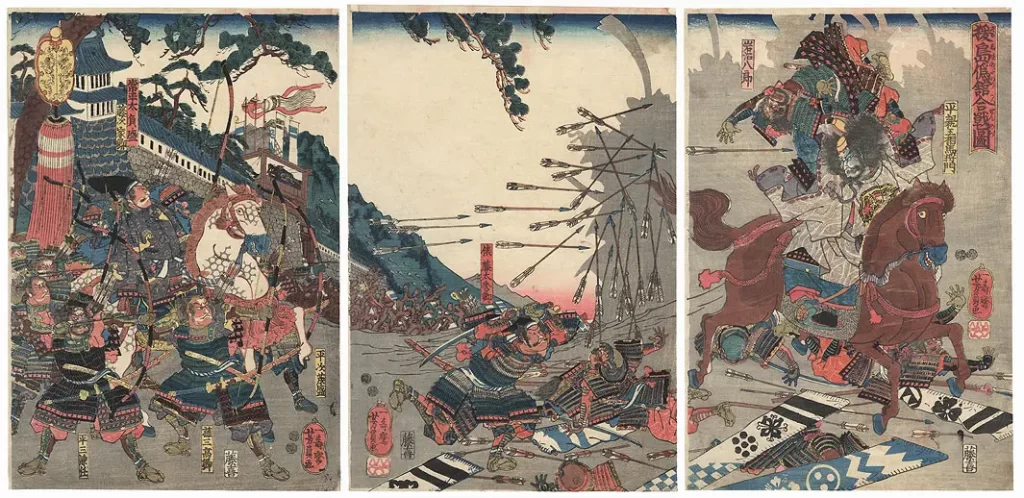Second Mongol Invasion of Japan – Battle of Kōan

During the late 13th century, Kublai Khan, the leader of the Mongol Empire, launched two invasions against Japan. The first invasion occurred in 1274, while the second invasion, also known as the Battle of Kōan, happened in 1281. This war was a significant encounter between the Mongol Empire and feudal Japan. Samurai warriors banded together to fight off the foreign Mongol forces, marking one of the few failures of the dominant Mongol Empire.
First Mongol Invasion of Japan – Battle of Bun’ei

In the late 13th century, the Mongol’s first invasion of Japan was critical in medieval Japanese history. Initiated by Kublai Khan’s expansive Mongol Empire, the invasion represented a clash of mighty forces and contrasting cultures. The battles, characterized by intense combat and strategic prowess, unfolded primarily in Kyushu, testing the resilience of the Japanese samurai. The aftermath of this conflict left a lasting impact on Japan, shaping its military strategies and cultural identity. It also set the stage for future encounters between these historical powers.
Zenkunen no Eki – Former Nine Years’ War of Samurai in Heian Era

The Former Nine Years’ War (Zen Kunen no Eki or Zenkunen War) was a defining conflict in Japan’s late Heian period. It unfolded from 1051 to 1062 in the Mutsu Province, part of the Tohoku region. Learn about the events leading up to the conflict, the critical battles fought, and the impact on Japan’s feudal history. The Zenkunen War highlights the struggle between the central government and the regional Abe clan, underscoring the shifting power dynamics in medieval Japan.
Tengyō no Ran – The Rebellion of Taira no Masakado

In 939, during the Heian period of Japan, a significant rebellion known as the Tengyō no Ran erupted. It was led by Taira no Masakado, a provincial noble from the Taira Clan. He boldly claimed the title of “New Emperor” and challenged the central government’s authority. This rebellion was a crucial moment in Japanese history. It questioned the power of the imperial court in Kyōto and set the stage for future changes in the country’s political landscape. Discover the events leading up to the rebellion, the forces involved, the fierce battle, and the consequences of Masakado’s audacious uprising.
